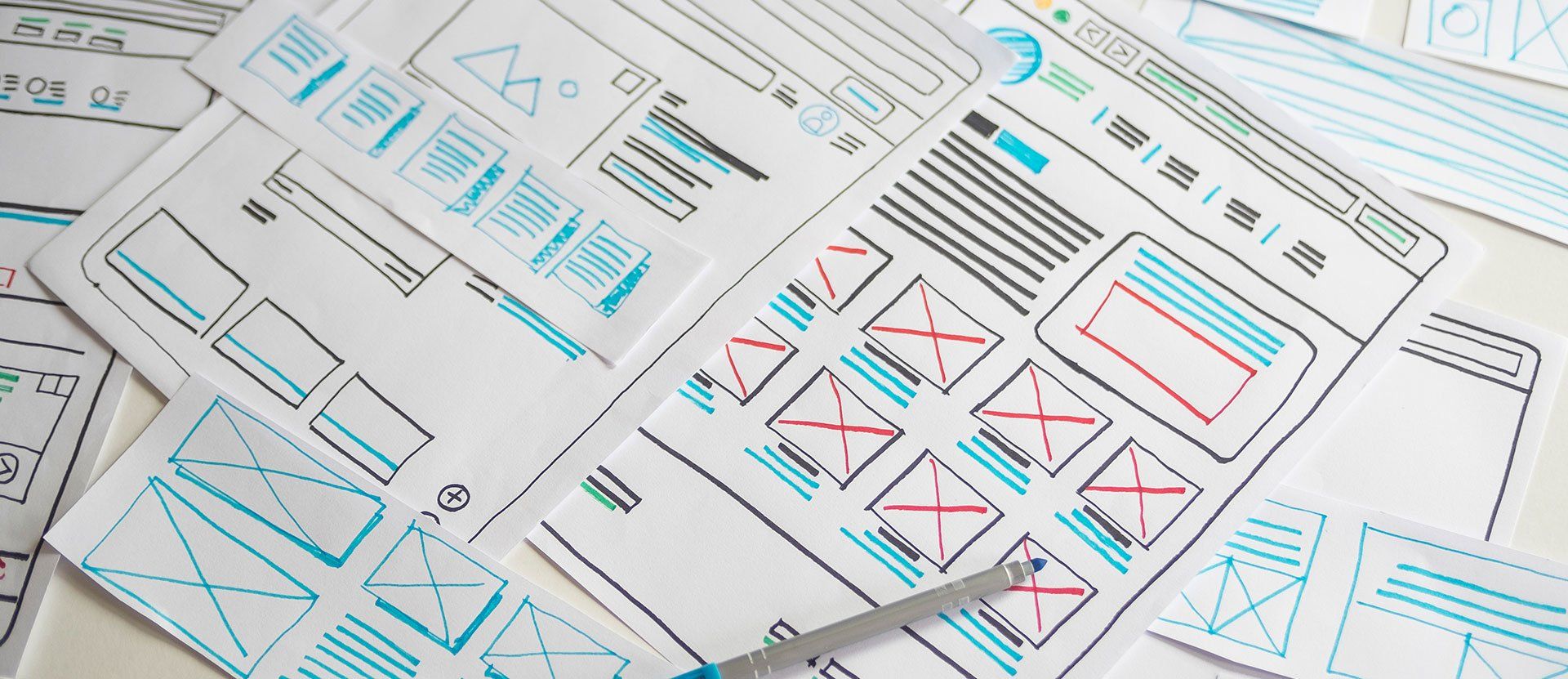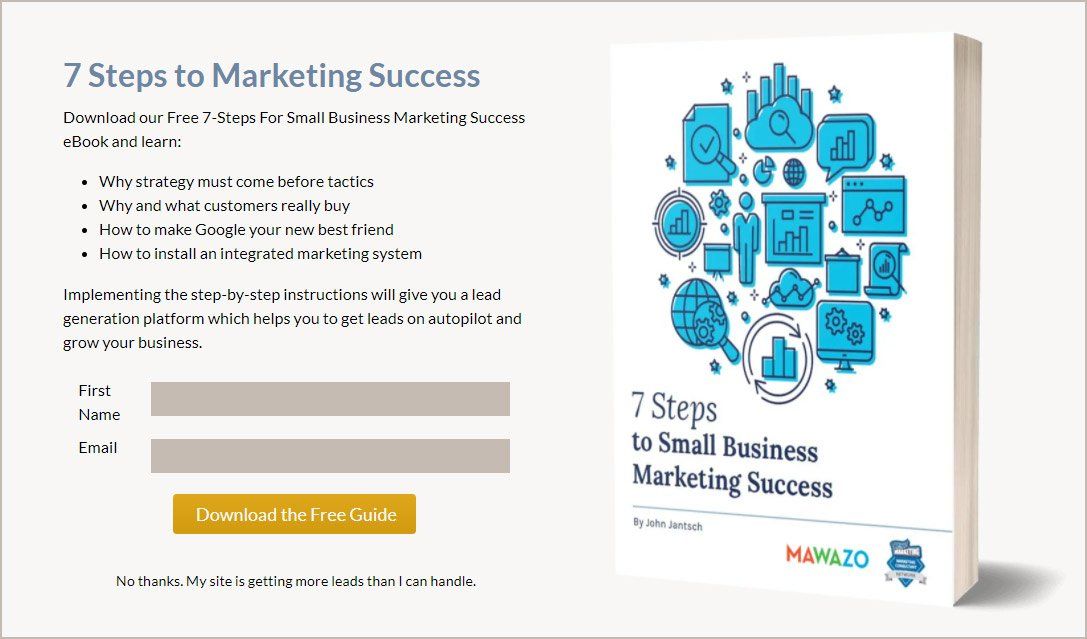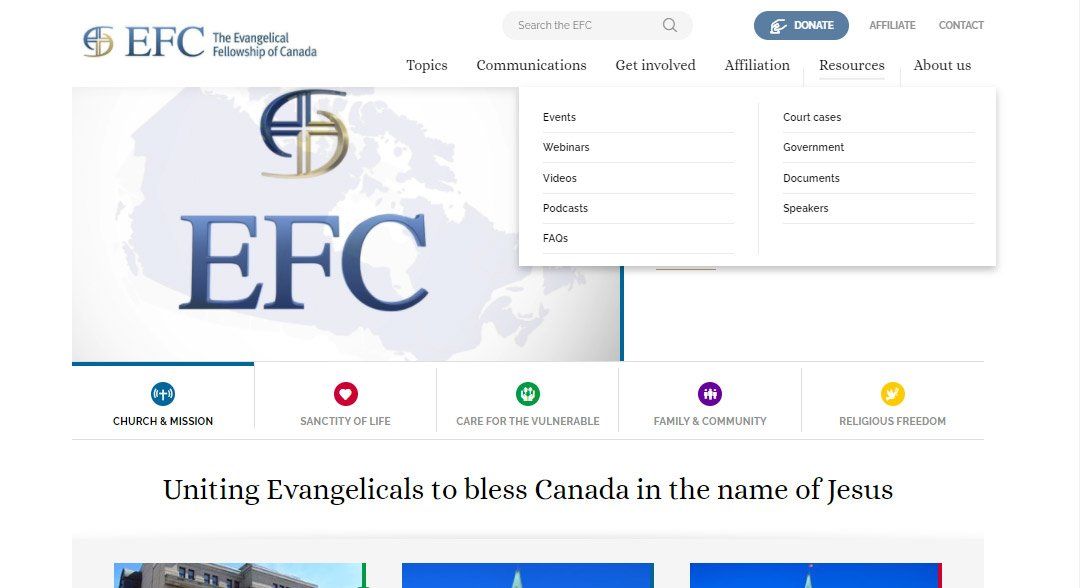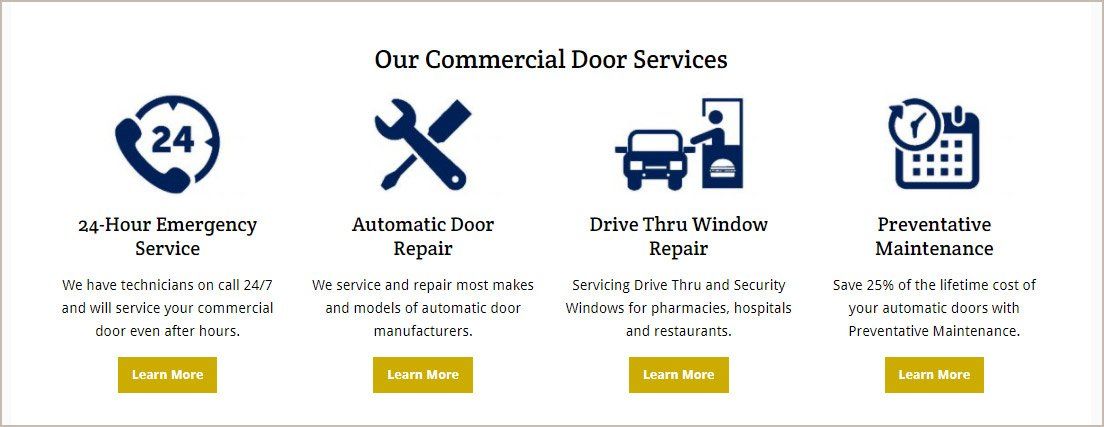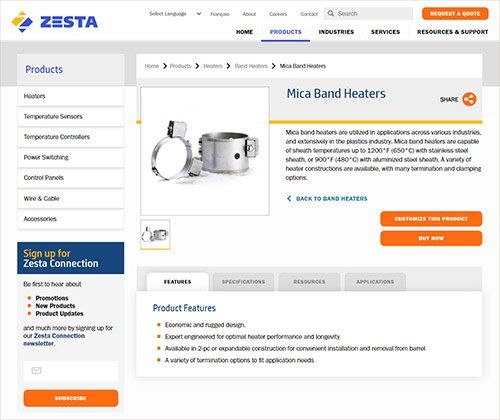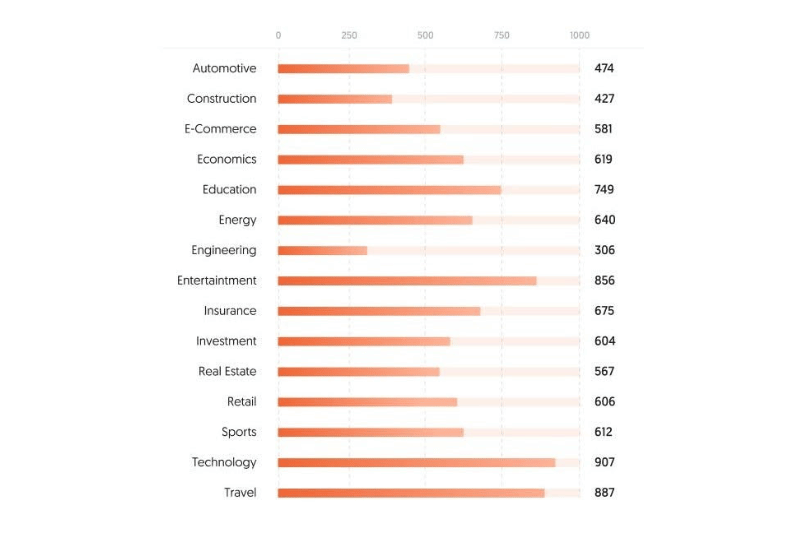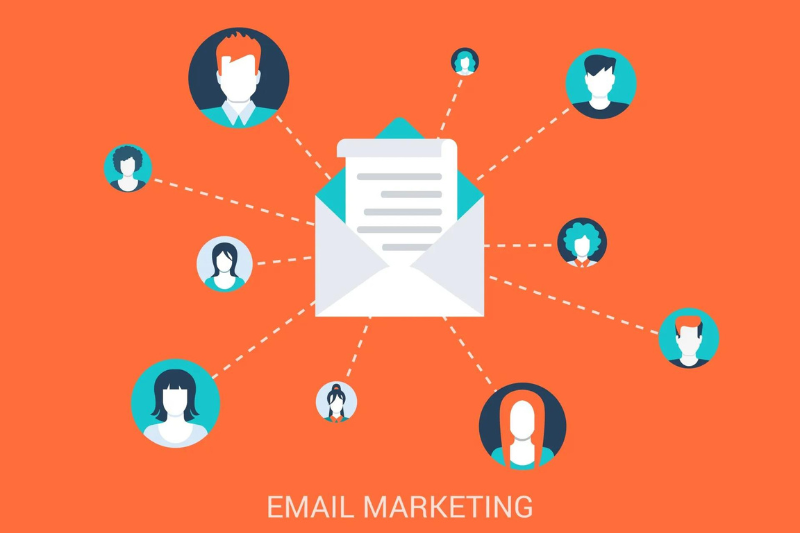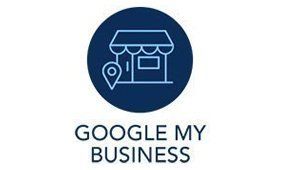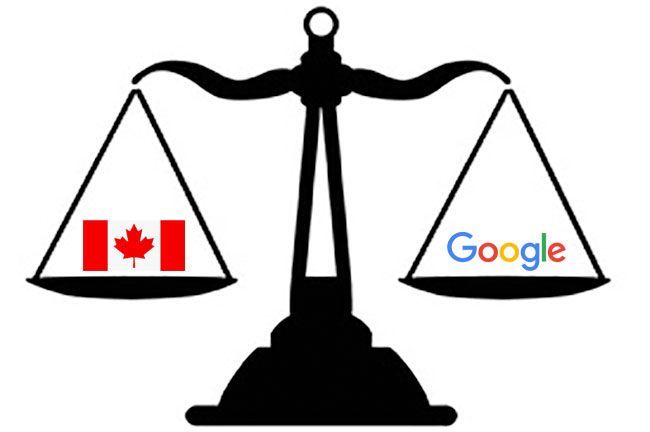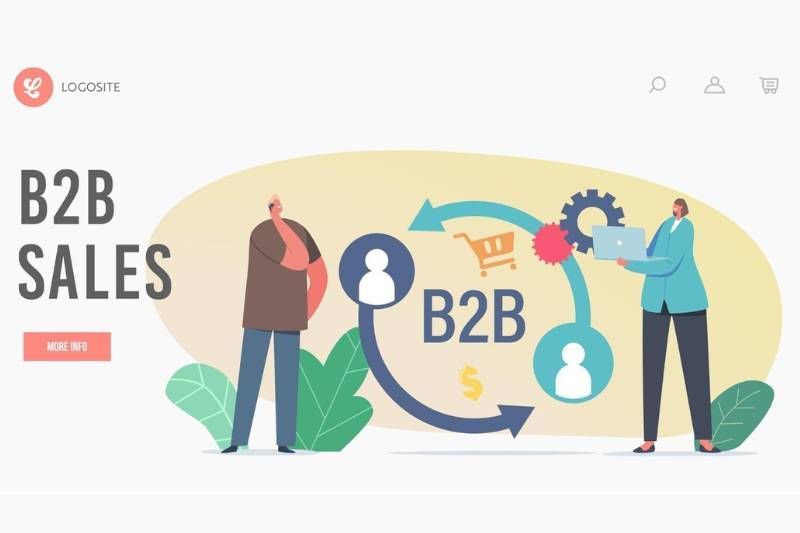
Web Design Versus User Experience Design
The difference between “web design” and “user experience design” has been an ongoing discussion for many years now. In the world of digital properties, such as websites, apps, landing pages, micro-sites, and more, there are many terms that are used interchangeably but should not. We are going to focus on design and what the visitor is seeing and using.
Here are the questions we often hear:
What is Web Design?
This is the graphic design of web pages or app pages, with more focus on how it looks and how content and features are laid out on the page. In its truest definition it is more concerned with colours, fonts and the general aesthetics of the design. This is the visual design.
What is UI Design?
UI stands for User Interface. User Interface Design is similar to website design, focusing on how the screen or page looks. However, this would be a more “functional” page, including how interactive features look and how they are laid out on the page. This could include buttons, interactive forms, etc.
This term is used more in the industry by interaction designers rather than by website owners and stakeholders.
What is User Experience (UX) Design?
UX stands for User Experience. User experience design is the design of how the elements of the page work, and is based on user research. UX designers ask themselves how “successful” is their design in enabling the visitor to do what they came there to do. Is it easy? Does it make sense?
Which is More Important: Web Design or User Experience Design?
This is always an interesting question and does not have a single answer. Many will argue that User Experience Design includes Web Design, but I disagree.
In the world of web development, when the objectives of a website are clear (from a strategic plan), User Experience Design is done to ensure that the website visitors do what the website wants them to do. This could be purchasing a product, downloading a brochure, signing up for a newsletter, and more. This is not done with how the pages look, though it plays an important role, but it rather takes into account the following factors:
Content Structure
This includes the navigation options and how content is laid out on the homepage. This content needs to draw the visitor in to keep them on the site and then lead them to the action you want them to take. Information architecture is a key component to a successful website.
Calls to Action (CTAs)
These are elements on the page that offer the visitor the ability to interact with the website. This could include buttons that link to other pages, interactive forms to fill in, view product details, etc. CTAs should be strategically intertwined within the content, so that the interaction with these CTAs are a natural action within the page. Finding a balance of how many CTAs should be on the page and where is the skill of a User Experience Designer.
Data Interaction
Websites with a lot of “data” such as product information, customer account details, industry details, blog articles, FAQs (Frequently Asked Questions), need to make sure this data is displayed in a way that is not “information overload” for the visitor. This can be done by displaying only related content on pages, but not just listing everything as long lists. This can be easily done by web technology if data is organized properly and these requirements are considered when developing the website backend (or Content Management System).
Personalization
There are many opportunities for personalizing the user experience for websites. Personalization could be based on their location, the category of products or services in which they are interested, their industry, their demographics, and much more. The use of data enables the website to personalize the information on the pages visited.
User-Friendliness
Ultimately, your design needs to be user-friendly. It is a user centered design to make sure it is easy for your visitors to find what they need and contact you. UX research tells us what visitors find easy to understand and how they respond to content and triggers for interaction.
Do All Websites Require User Experience Design?
Yes, all websites benefit from User Experience Design. Regardless of whether you are creating a website, a landing page or an app, your design process should ensure resolve around objectives being met. That takes strategic user experience design.
Do you have any questions on the above, or would you like to share your experience? Just email ideas@mawazo.ca or call +1 (833) 503-0807.
At Mawazo Marketing we work with owners of B2B companies who want to accelerate their business. We help them with a concrete digital growth plan, a website that saves operational cost, and a digital marketing system that generates leads. For qualifying clients we offer a 5x ROI guarantee: if we don't reach the objective, then we pay back the difference. Book a Free Strategy Session to find out more.
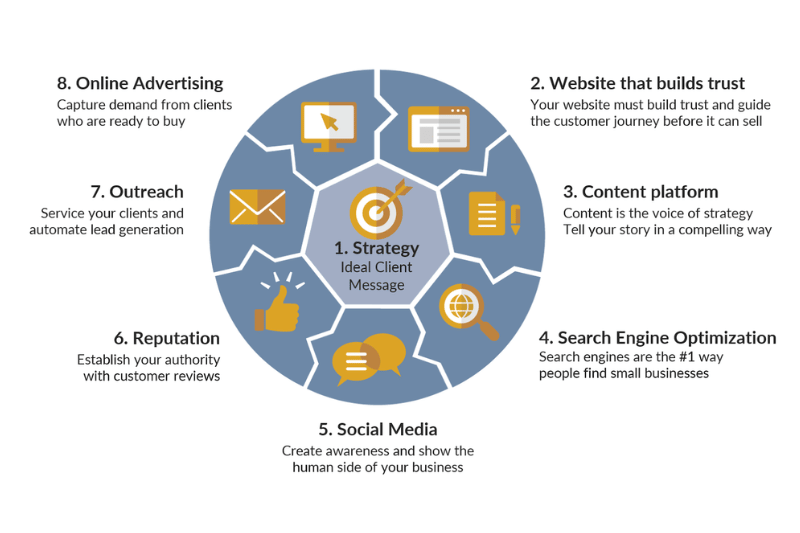


Fractional CMO
Custom App Development
Web Hosting
Are you ready to generate leads?

